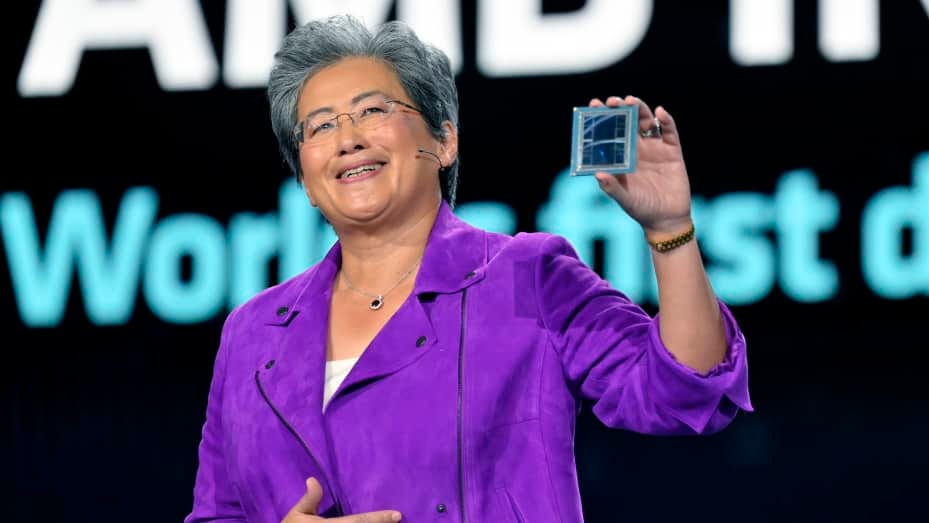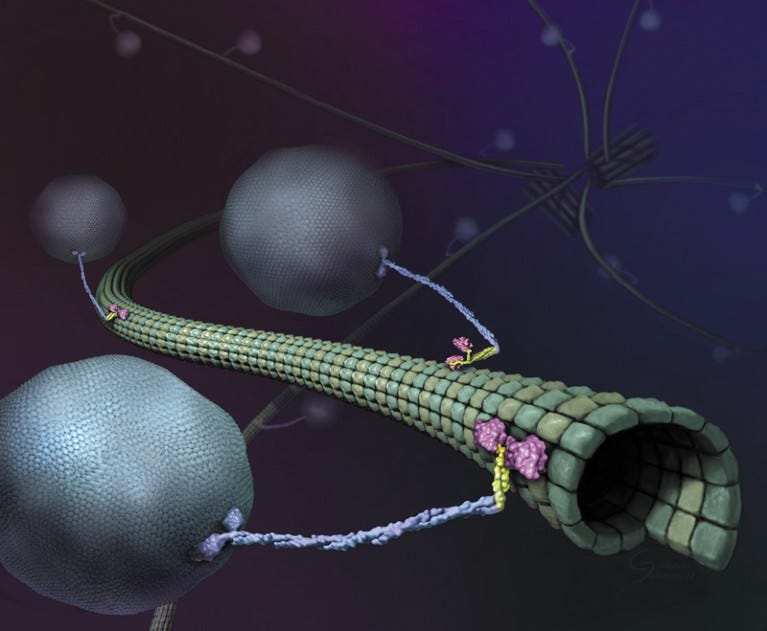The Intelli-Science Monthly [Jun 2023 Issue]
Can AI discover new science? Yes, it can and it just did
You never know when or where AI and Science would converge
§1. Machine Learning and Intelligent Systems
1/ AMD bid for a seat in the heated AI chip war.
AMD accouned that the coming MI300x will feature 192GB memory which is capable of hosting the 40BN parameter Large Language Model Falcon.

2/ Growth stage SaaS/AI startup Dialpad, accounced that it reaches $200M ARR
The company, which started in call center softwares, credits its growth largely to its AI products. The company acquired TalkIQ, an early adopter of AI in language processing (ex. call centre quality control), back in 2018.
3/ Experiment showed AI struggled to solve murder-mystery puzzle book.
The 1934 book "Cain’s Jawbone" are intentionally shuffled to test AI’s ability to reorder. The book was digitized and given to data scientists for the 2022 Cain’s Jawbone Murder Mystery Competition, using natural language processing algorithms to reorder the pages. But the stylized, vague language and false clues hindered progress. Even the best AI only correctly ordered 42% of the book, showing AI's limitations without context.
4/ Private Equity Giants join AI goldrush
KKR is acquiring CoolIT Systems, a company specializing in data center cooling systems, for $270M. This move aims to meet the rising demand from data-center operators, including major cloud providers, amid the surge in generative AI and other power-demanding applications. Data center is definitely not the “cool” part of the current AI goldrush, but by no mean is it trivial.
§2. Advancement in Science
5/ Superconductor Controversy Continues
Earlier in March, the controversial scientist Ranga Dias published a paper on Nature claiming that he has achieved meaningful room-temperature superconductivity with a novo material (which he has refused to specify, citing business confidentiality). Room temperature superconductivity is considered to be a pre-requisite for nulear fusion technology, and therefore a pre-requisite for unlimited clean energy. So a meaningful breakthrough in this area is of immense importance for the entire human civilisation.
However, almost immediately after Dias’s paper, scientists around the world sought to repeat his result with little progress. Most noticably, Dr. Hai-hu Wen of Nanjing University also published a paper on Nature, which seems to directly disprove Dias’ result.
Another turn occured in June, when renowned scientist Russell Hemley at UIC released his result, which seems to verify Dias’s work. It seems the acedemic world would still need some time to reach consensus.
6/ Can we see protein in motion?

Two independent research teams used a super-resolution tool, MINFLUX, to study kinesin - molecular motors powering cell processes - in near-real time under physiological conditions. The studies revealed previously unseen details of kinesin motion, including speed, stride length, and movement patterns within living cells. This advancement offers insights into molecular behavior and has potential implications for drug development.
§3. Developments in AI for Science
7/ Can AI discovery new science? YES
In the summer of 2023, prominent AI for Science pioneer DeepMind published an article on Nature, demonstrating that its AI agent, AlphaDev, used reinforcement learning to discover enhanced sorting algorithms – surpassing those honed by scientists and engineers over decades. Sorting is used by billions of people every day without them realising it. It underpins everything from ranking online search results and social posts to how data is processed on computers and phones, so an improvement at this level is of system significance.
As if people's minds are not blown enough, a mere few days later, Dimitris Papailiopoulos, associate professor at University of Wisconsin-Madison, announced on Twitter that he has successfully prompted GPT-4 to discover the same breakthrough Alphadev did. This stirred up a frenzy on the social media platform, eventually catching the attention of its eccentric billionaire owner, Elon Musk. The fact that two different AI were able to discover this new "science" makes it even more exciting as it demonstrates, perhaps the first time since the Enlightenment, a scalable path towards scientific discoveries.
8/ Sanofi “all-in” AI for Life Science
Sanofi rolls out its AI-powered app, plai, developed with Aily Labs, providing 360° insights across all company activities for data-driven decisions. The app accelerates processes from R&D to manufacturing, reducing research times and enhancing clinical trial design. Sanofi aims to become the first pharma company fully powered by AI, transforming the practice of medicine.
9/ Consolidation in AI for Life Science
Recursion (NASDAQ: RXRX), a leading clinical stage TechBio company decoding biology to industrialize drug discovery, today announced it has signed agreements to acquire two companies in the AI-enabled drug discovery space: Cyclica and Valence. Recursion has entered into agreements to acquire Cyclica for a purchase price of $40 million and Valence for a purchase price of $47.5 million
First Take …
10/ Overshaddowed by Vision Pro, the M2 Ultra might be more exciting than one would think
Though Apple's product launch didn't emphasize its AI capabilities, Mac power users like myself have long awaited such a product. In the wave of AIGC, the Mac series had a mediocre AIGC experience due to lack of software/hardware support. However, with the M2 Ultra, there's buzz about it running Falcon 40B, a large language model with 40 billion parameters. Theoretically, the M2 Ultra's 192GB memory should suffice, and the feasibility of M2 running LLaMa 13B has been confirmed.
Remembering the releases of the first iPhone, touchID, faceID, and vision pro, Apple doesn't chase tech premieres but aims for a clean sweep. Regardless, we shouldn't think that one of the world's top chip design companies would stay passive during this AI wave.





